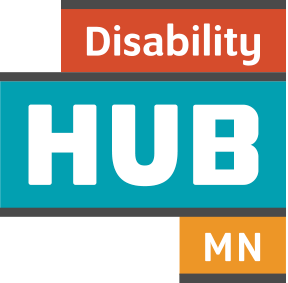Families often have concerns about their loved one's safety. Help them address these concerns and minimize the risks.
A disability can prompt fear about a person's safety in the community. Families may wonder if their youth will be OK in a work setting, on public transportation or around people who don't know them well. They might feel that their youth must be completely safe and every possible risk should be addressed before they can have the freedom and experiences that other young adults get. But people with disabilities shouldn’t be shielded from every potentially risky decision—instead they should be allowed to try things out, make mistakes, and learn from them. You can help families balance safety concerns so they don't hold the student back from their goals.


